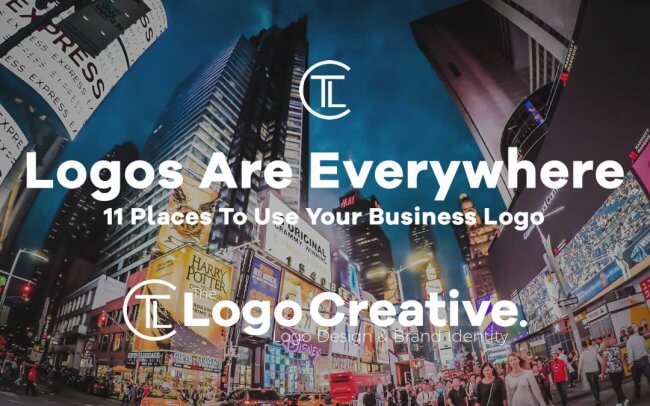The logo is one of the first things a business will pay for. A good logo should be easily recognisable, should not be easily confused with the logos of other businesses, and should be effective when it is used online or offline.
There are many instances where you will have the opportunity to incorporate your logo and, with any luck, it will be seen by a large portion of your target market.
Although there are many elements to business branding, the logo is one of the most important visual elements. Once you have a professionally designed logo, you can use it in the following ways:
Table of Contents
1 – Website And Blogs
The modern business needs an attractive and effective website. The website doesn’t necessarily need to match the logo, but it should complement it. You can use a combination of marketing channels, such as social media and search engines, to drive traffic to your website.
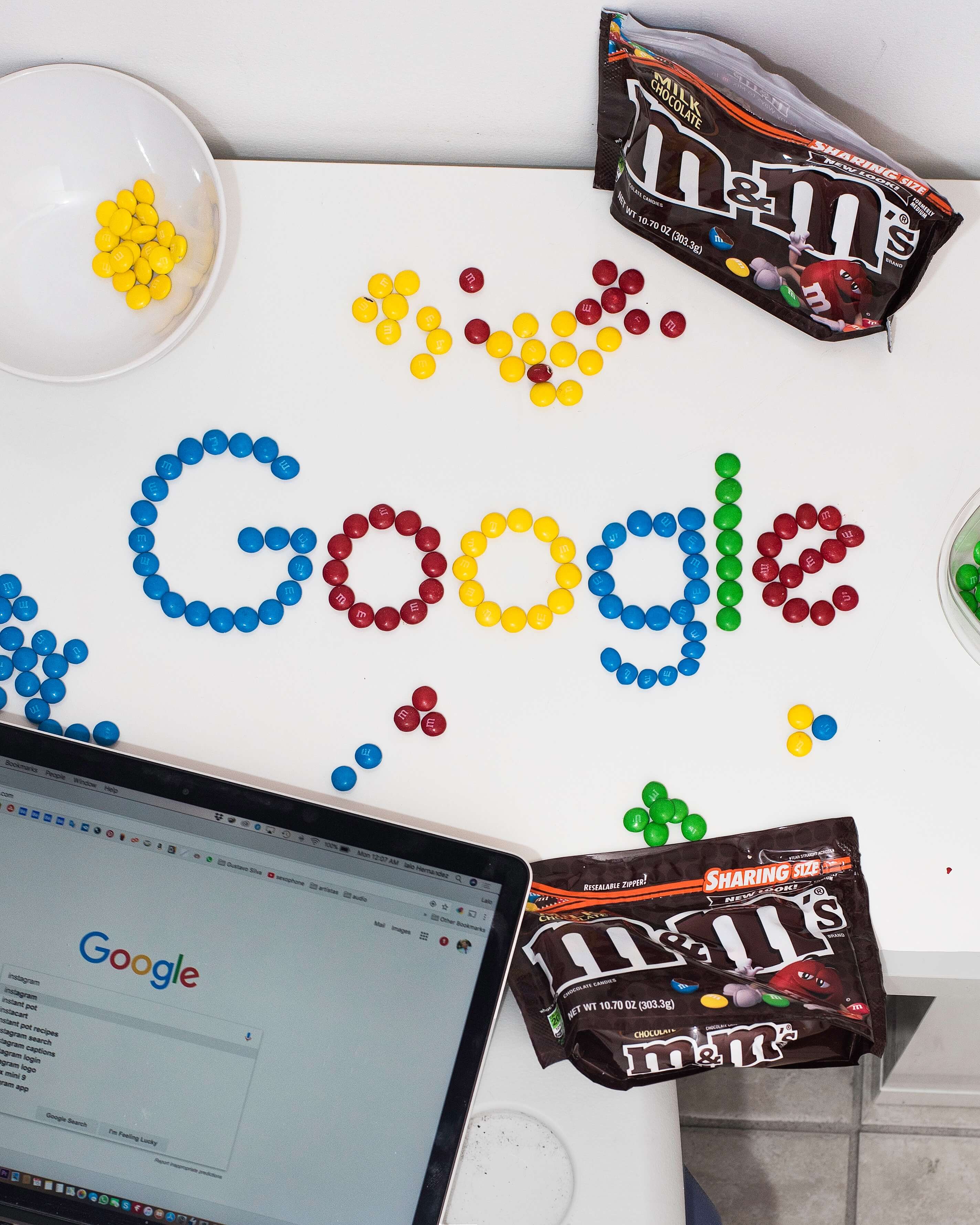
With effective on-page optimisation, you can convert these website visitors into paying customers.
Whether you have a simple brochure website to direct potential clients to or a large multi-category e-commerce store, your logo should be memorable and prominent.
2 – Social Media
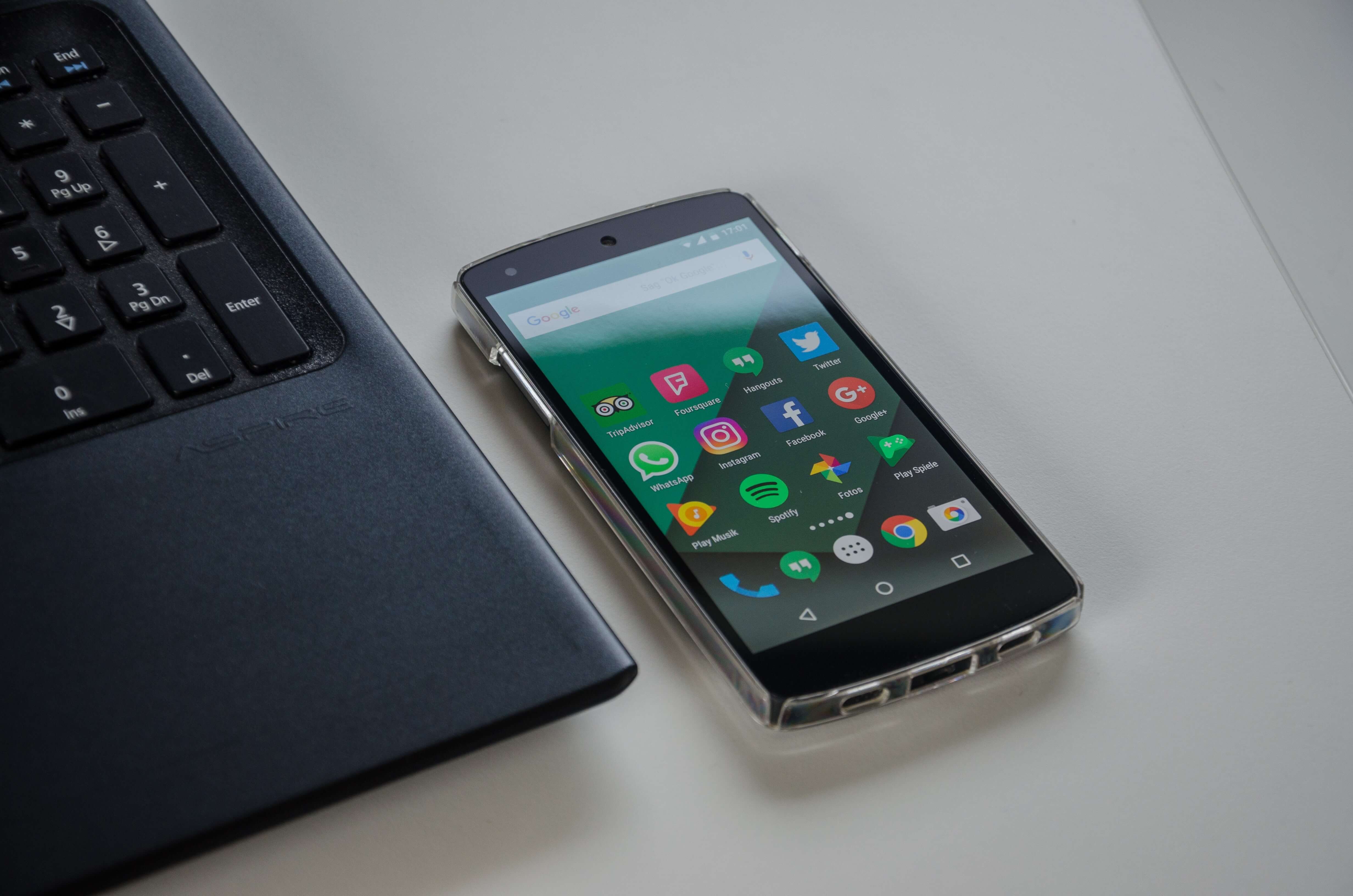
As well as your own website, it is likely that you will you will need different logo sizes to use on social media and publishing platforms like Facebook, Twitter, LinkedIn, and others. Ensure that your logo can be used in different formats and different sizes because the profile and logo fields on different sites require different attributes.
Businesses typically use social media to open honest dialogue with their customers.
Social media is personable and personal, and posts can be shared and viewed by millions of people. Your logo needs to look attractive and stand out, and you need to have a logo that you’re happy to share with others.
Logos don’t have to be expensive to be effective. The Nike Swoosh, for example, cost the company $35 while Twitter paid only $15 for their now infamous logo. Now by no means does this mean that this price is justified as a professional logo design will require you to invest a lot more but serves as an example.
3 – Business Cards
Business cards remain a powerful network marketing tool. You can hand them out to prospective clients, leave them in shops and other venues, and with an attractive or unique design, they can open communication with the recipient.
The logo needs to be prominent and should be accompanied by additional information such as the person’s name, address, website, and other contact details.
Although it is typical to have a white business card with black text, this rule is not steadfast, and one of the most important factors is to ensure that your logo is consistent across all channels, including both online and offline.
4 – Business Stationery
Business cards are not the only physical stationery that your business likely uses. If you send letters to customers, brochures to prospects, or reports to clients, you should incorporate your professionally designed logo into these stationery items as well.
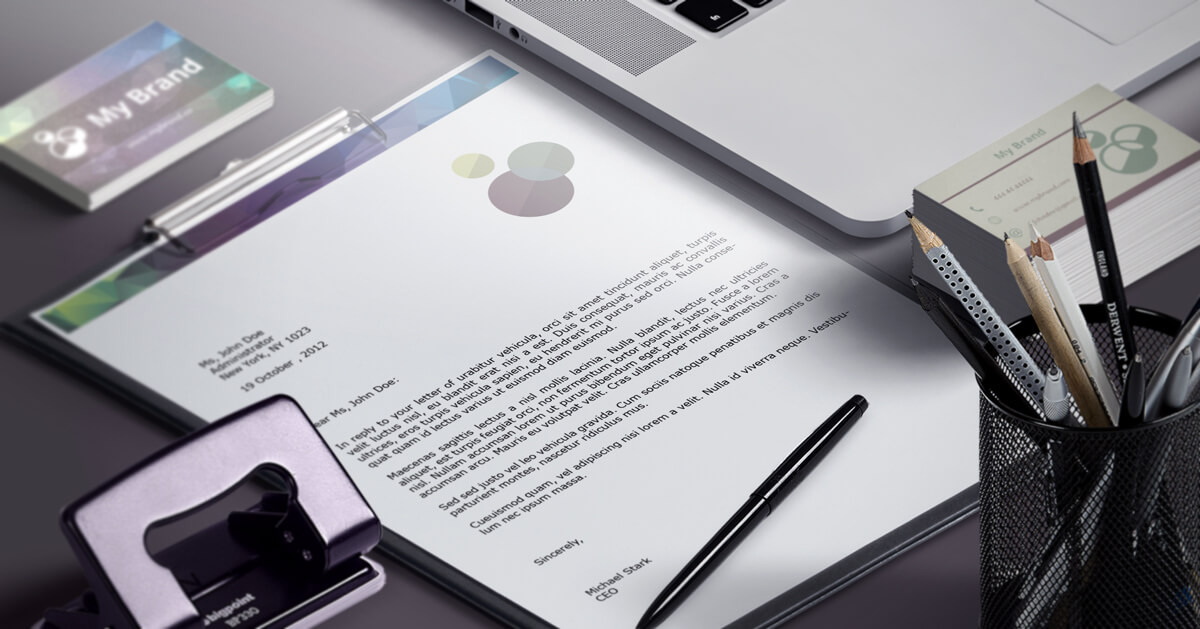
Multi-coloured and complex logos might be effective for use on your website, but simpler designs using one or two colours will be more cost-effective when printing on letterhead paper and other physical stationery.
Alternatively, you can pay for a print on demand service. These services will take your logo and print it on the stationery of your choice. They can create letterhead paper, envelopes, and more, and they will ensure that your chosen logo looks the same on your stationery as it does on your website and social media profiles, providing much-needed consistency.
Also, investing in custom lanyards with no minimum order requirements can be highly beneficial. These lanyards are ideal for use at conferences, trade shows, or even within the office to display identification badges. Custom lanyards featuring your logo can act as a subtle yet powerful promotional tool, enhancing your brand image to all who see them.
They are practical, cost-effective, and can be produced both quickly and in small quantities. This makes them an excellent choice for businesses of any size seeking to boost brand visibility while maintaining a professional appearance.
5 – Invoices
If you provide invoices to customers, incorporate your logo here too. This helps to reinforce your company branding, increasing the likelihood that existing customers and clients will return to use your services in the future. Compliment slips may also be considered as similar to invoices and these, too, should include your logo.
6 – In-Store Display Stands
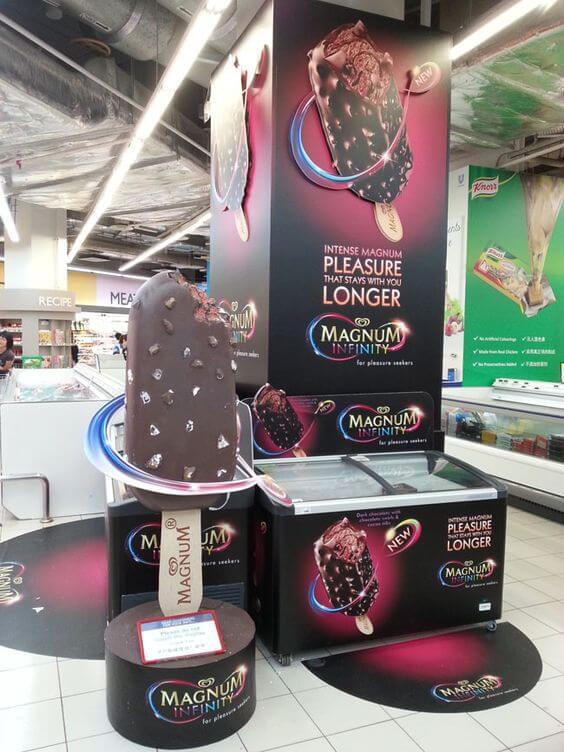
Whether you have your own shop, or you sell your products in other stores, incorporate your business or product branding.
Bespoke printed Free Standing Display Units, or FSDUs, are impactful and attention-grabbing. You can completely customise the design of this type of stand. Not only can you incorporate your logo and business information, but you can have a bespoke design to perfectly complement the products you sell.
Nearly a half of consumers say that the inability to touch or feel products before purchasing puts them off buying online, showing the importance of in-store advertising to the modern business.
7 – Shop Banners And Signs

Effective shop signs increase the likelihood of attracting passing foot traffic. Placing banners, sandwich boards, and other forms of external display, outside premises can help to attract even more visitors. All of these elements should incorporate business branding to help ensure the best results.
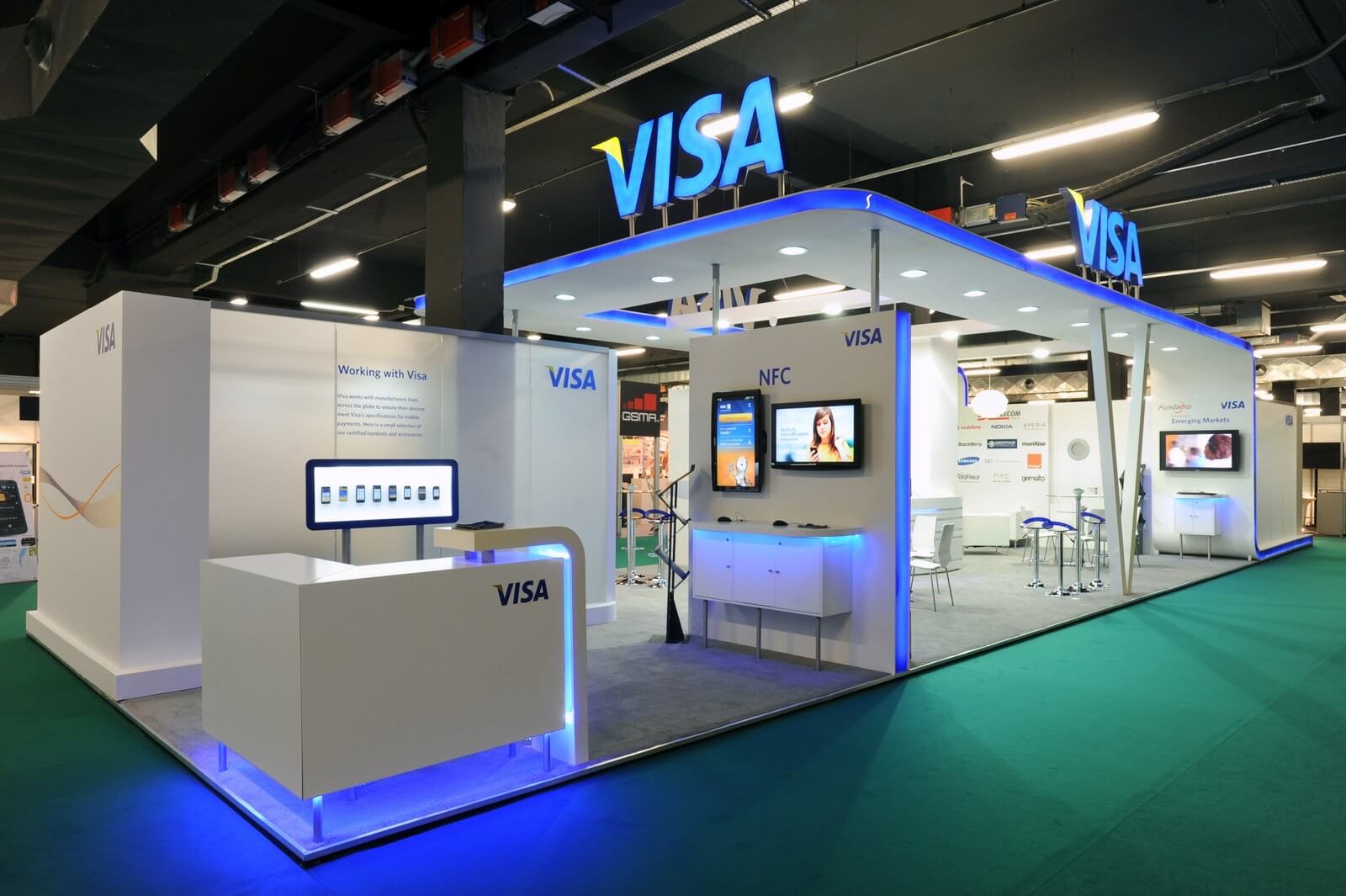
This type of item really needs to stand out, especially if you are on a busy high street where there will be a lot of competition for placement. It should show exactly what your business offers and where you are located.
Rather than incorporating your logo, you can use it as the basis for your design. Think of the McDonalds golden arches or the Morrisons M.
8 – Product Packaging
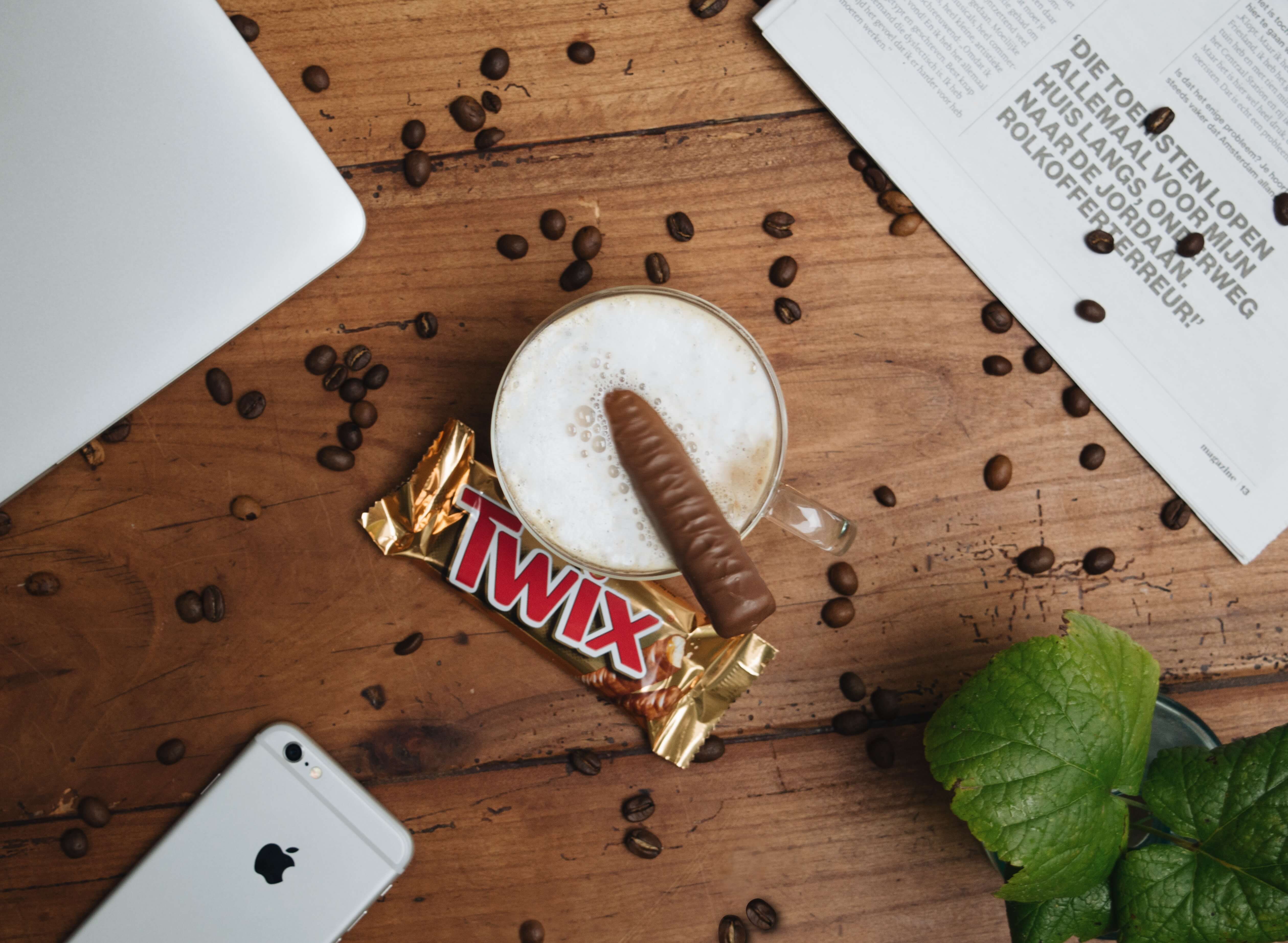
Unboxing videos and social media have made product packaging more important than ever before. It should entice people to buy and be a part of the experience when buying your products. It can also be used to further improve your brand recognition, and as well as including information on the product itself, you can add your company logo.
Consider placement of the logo, as well as the design of the packaging, and make sure that the logo and packaging designs do not clash or detract from one another.
9 – Promotional Products

If you want to live on in the memory of your prospective clients, promotional products are a great way to do this. You can give away promotional items, which can be as simple as a pen or as impactful as clothing or household items. Your prospective customers will appreciate the gesture, and they will be likely to show people the products they’ve been given. Items like pens are highly effective for branding because the recipient will regularly use that pen, and every time they do so, they will be reminded of your company.
Unless you are printing on mouse mats, clothing, or other flat items, your logo may need to curve around a product and may become obscured, so take this into account and try to avoid overly complex logos.
10 – Business Vehicles
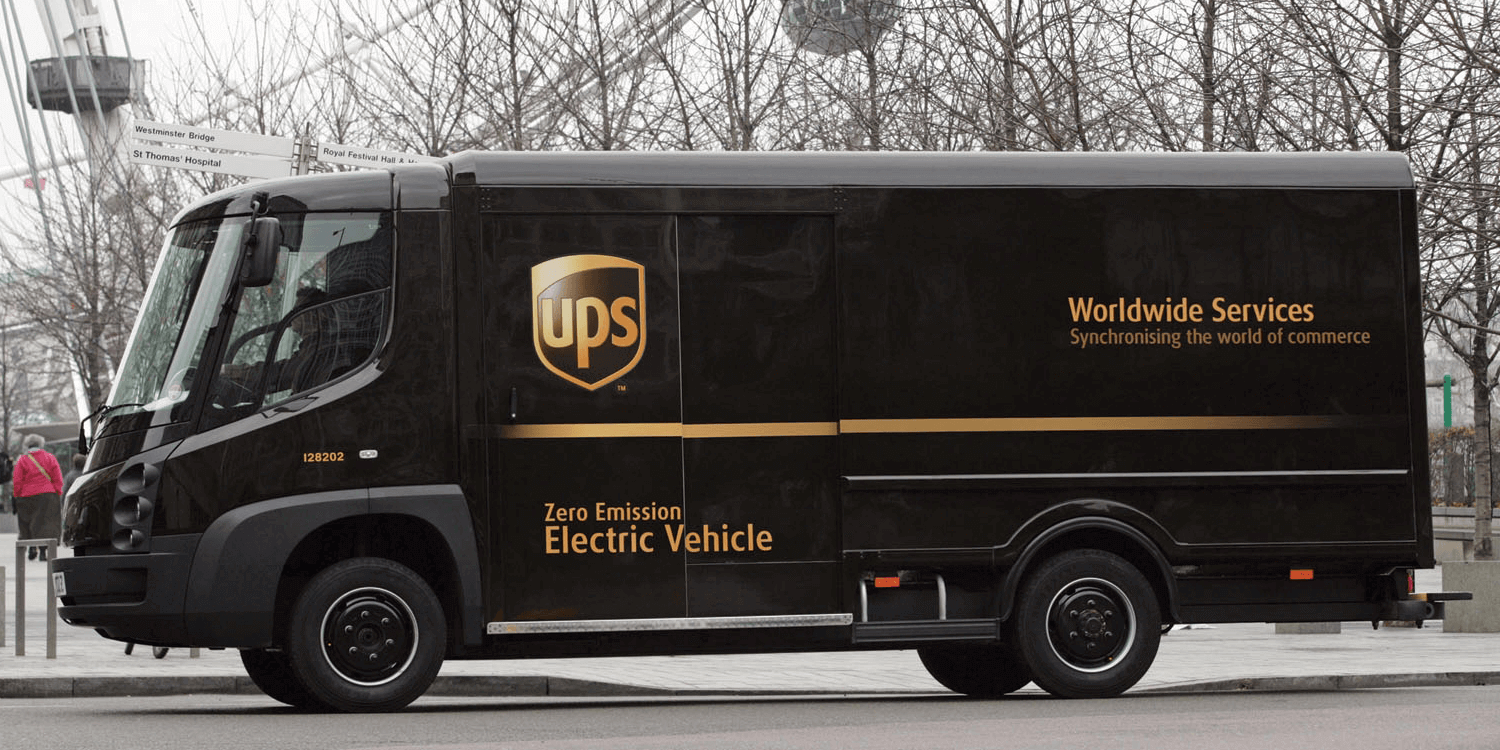
Vehicle livery is often used by tradespeople and service providers, but there is nothing to stop designers, IT providers, and other businesses from implementing company branding into their customer vehicle designs.
Cars with logos on them really do stand out, and this tactic is becoming increasingly popular with businesses like estate agents that benefit from local advertising. Potentially thousands of people could see your logo and business branding every time you take the car out.
In this instance, your logo tends to be much larger than on websites and company stationery, but you can add elements other than just logos and taglines. Be creative but ensure that you aren’t simply adding elements to the design for the sake of filling space.
When you think of logos on vehicles the ones that spring to mind are UPS, Vergin Media and Public Transport like busses and trains they are mainly the larger companies as they have some many vehicles out at one time in public view but its also important for smaller scale businesses to use their logo for brand recognition on their vehicles it really does boost and elevate your brand image.
11 – Your Products
Your products themselves can include your logo. Think of the Apple logo, which is regularly seen in films and on TV without the company having to pay for product exposure. It is recognisable because it is simple and relevant and even though you may not have the same kind of advertising and marketing budget or brand recognition as Apple, you can still enjoy some of the same benefits.
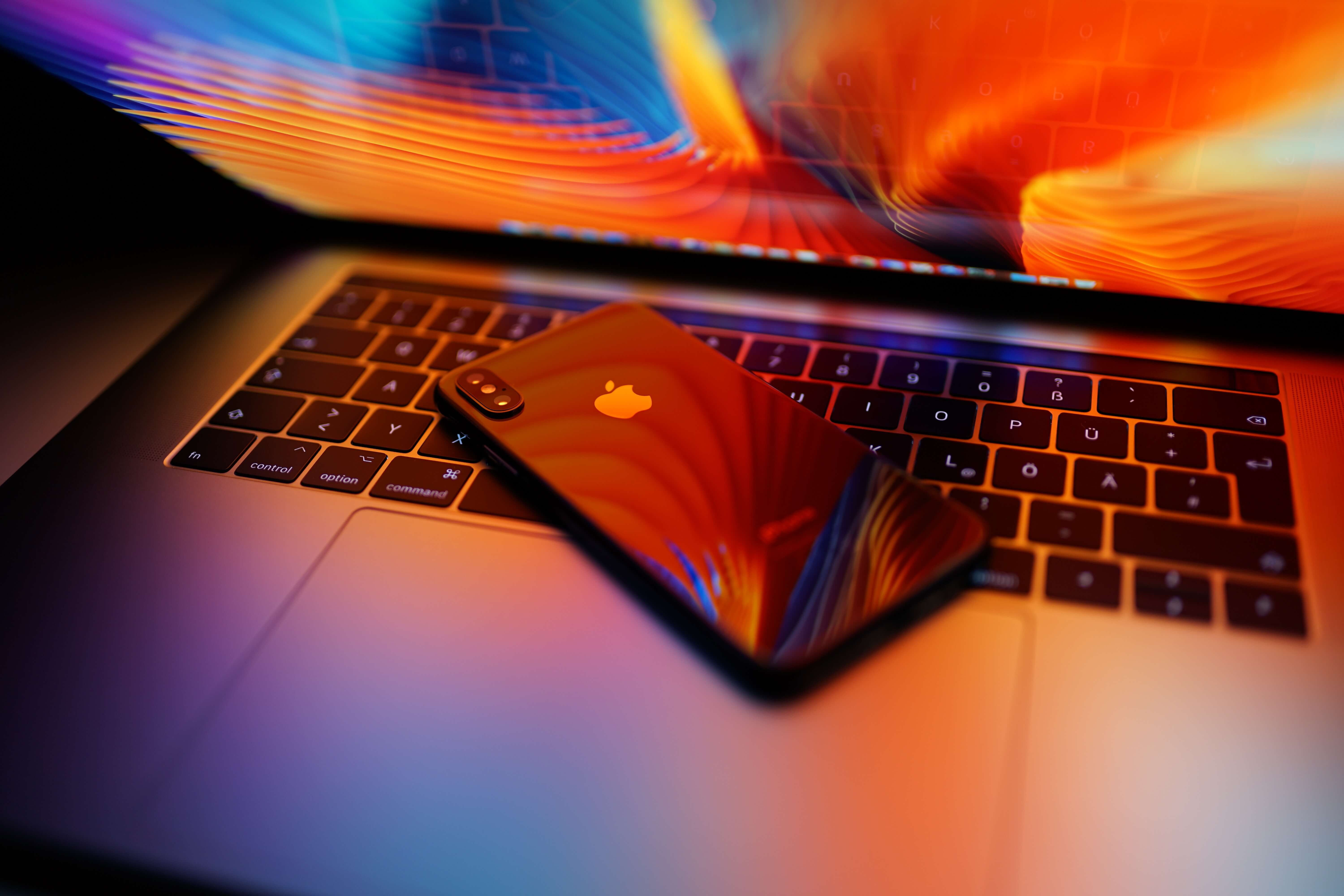
Bear in mind that including your logo on products themselves can be off-putting if the logo is too large or looks ugly. Ensure that your logo is professionally designed and looks effective when included on the products that you sell.
Author Bio
Rick Marsh is a content writer and outreach for Envoprint, who offer print on demand services and bespoke business printing. Have your logo and branding printed on items like FSDUs and in-store advertising displays to improve your brand exposure and increase sales.

